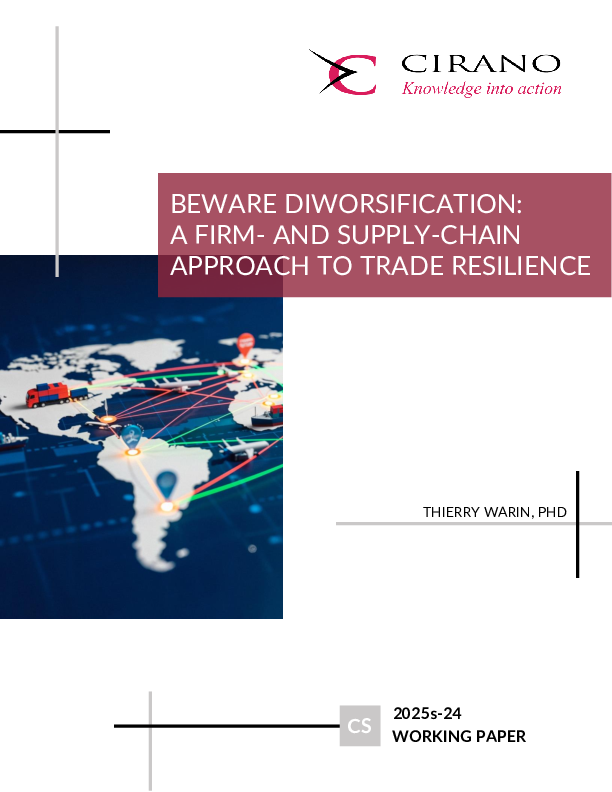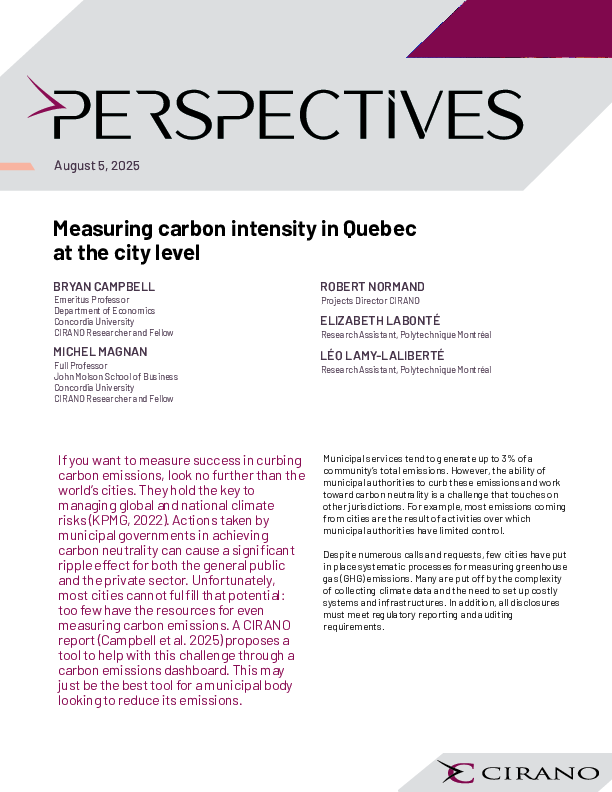Semiparametric Innovation-Based Tests of Orthogonality and Causality Between Two Infinite-Order Cointegrated Ceries with Application to Canada/US Monetary Interactions
We propose a semiparametric approach for testing orthogonality and causality between two infinite-order cointegrated vector autoregressive IVAR(1) series. The procedures considered can be viewed as extensions of classical methods proposed by Haugh (1976, JASA) and Hong (1996, Biometrika) for testing independence between stationary univariate time series. The tests are based on the residuals of long autoregressions, hence allowing for computational simplicity, weak assumptions on the form of the underlying process, and a direct interpretation of the results in terms of innovations (or reduced-form shocks). The test statistics are standardized versions of the sum of weighted squares of residual cross-correlation matrices. The weights depend on a kernel function and a truncation parameter. The asymptotic distributions of the test statistics under the null hypothesis are derived, and consistency is established against fixed alternatives of serial cross-correlation of unknown form. Apart from standardization factors, the multivariate portmanteau statistic which takes into account a fixed number of lags, can be viewed as a special case of our procedure based on the truncated uniform kernel. A simulation study is presented which indicates that the proposed tests have good size and power properties in finite samples. The proposed procedures are applied to study interactions between Canadian and American monetary quarterly variables associated with monetary policy (money, interest rates, prices, aggregate output). The empirical results clearly allow to reject the absence of correlation between the shocks in both countries, and indicate a unidirectional Granger causality running from the U.S. variables to the Canadian ones.
[ - ]




